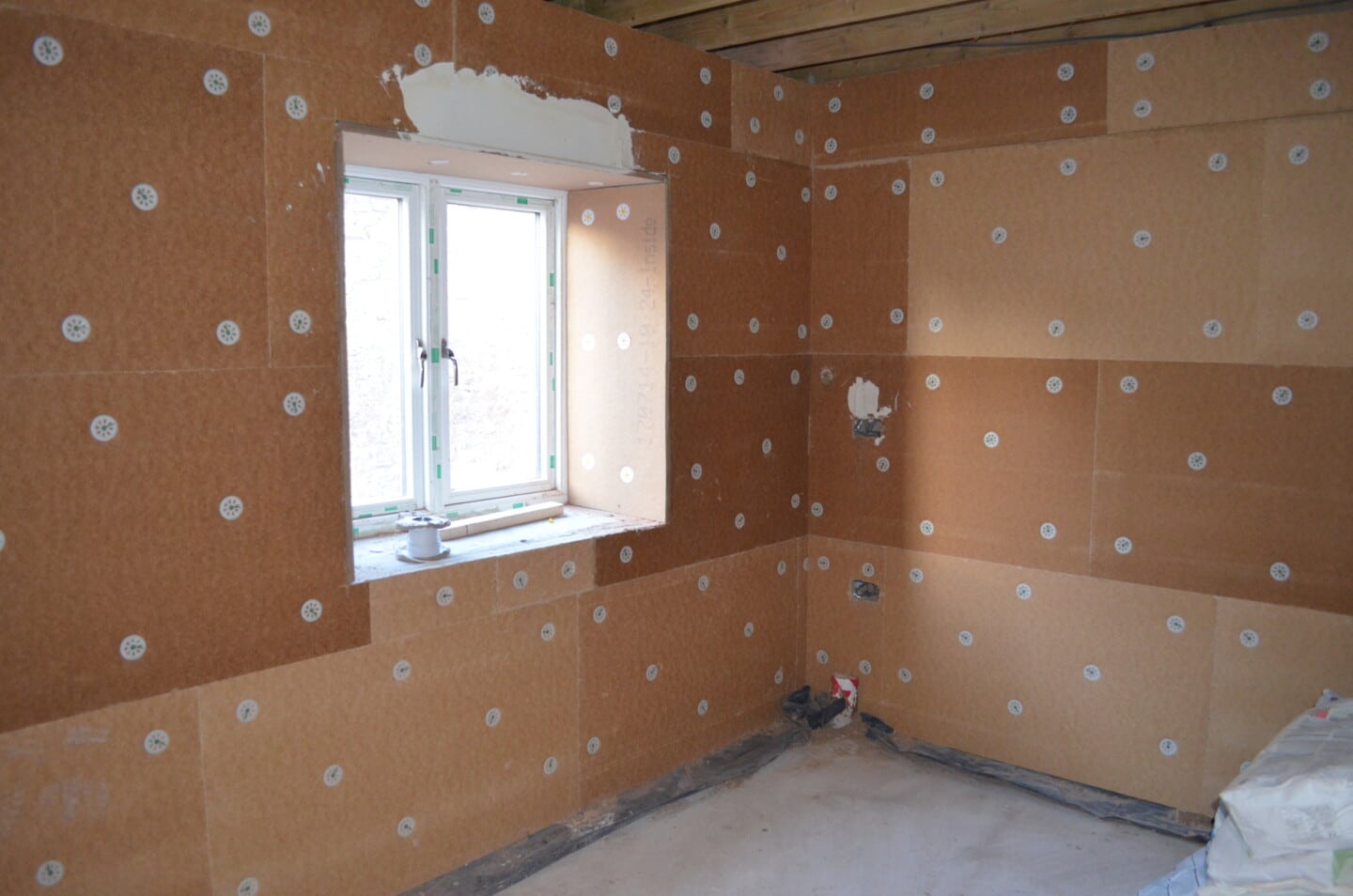SPECIFICATION GENERATOR
Find out which low impact materials are right for your building project.
Energy Savings and Thin-Layer Insulation
We often get asked what is the best thickness of insulation to use when considering solid wall insulation and also whether internal or external insulation is best. As ever, this is not a straightforward question to answer because of all of the competing factors that have to be considered.
Starting with whether internal or external insulation is best for solid masonry walls, we would suggest that internal insulation is the most effective. Put simply, masonry absorbs a lot of infrared energy, even at 21C, and for other than a few weeks in the hottest part of the year, it is generally uncomfortably cold to touch or be close to. Therefore, if you insulate yourself from it you instantly improve the sense of comfort within the room.

The drive for very low U-values (the heat loss of a wall for a given temperature difference between inside and outside) ignores how we perceive comfort and is only looking at the overall loss of heat from a building. Low U-values also mean lots of insulation and also a high material and installation cost, both of which are barriers to use and at this point in time we need as much adoption as possible. So, if you have the space to utilise internal insulation, this will give you the biggest boost to comfort for the lowest cost.
The next question is how thick should your insulation be. Again, this is subjective but we feel it is worth considering your current situation and comparing it to the energy savings created by adding the insulation, something championed by Mark Lynn of Thermafleece.
Starting with a solid brick wall, you may have a U-value of around 2 W/m2K, which is very poor for those not familiar with U-values! Directly fixing a 40mm layer of wood fibre insulation to the wall would typically reduce the U-value down to around 0.63 W/m2K or with 60mm it would come down to 0.48 W/m2K. Neither of these seem particularly effective when Building Control would like you to achieve a U-value of 0.28 W/m2K, but this requires 120mm of wood fibre insulation (the minimum requirement for improvements is actually 0.7 W/m2K for historic buildings).
Looking at those figures differently, the 40mm achieves a 69% reduction in heat loss, the 60mm a 76% reduction and the 120mm an 87% reduction. Looking at the weekly savings in energy, assuming that on average there is a 10 degree difference across the wall and the house has external walls of 100m2, the 40mm would save you around 226kWh, the 60mm would save 252 kWh and the 120mm would save around 287 kWh.
This is all a rather long winded way to say that, at current energy prices of around £0.10/kWh, the 40mm boards would save you around £23 per week and by increasing this to 120mm insulation boards, you only save around £6 extra per week. The 40mm boards will still give you a massive boost in comfort, eliminate mould and subsequently improve indoor air quality and increase the value of the house.
With all this in mind, we would not instantly say that going for the lowest U-values is the best solution. Adding insulation is the best thing you can do, starting with at least 40mm, but extra thickness will give you further, if incremental, gains.
As ever, if you have any questions or would like to discuss this further, please call us.